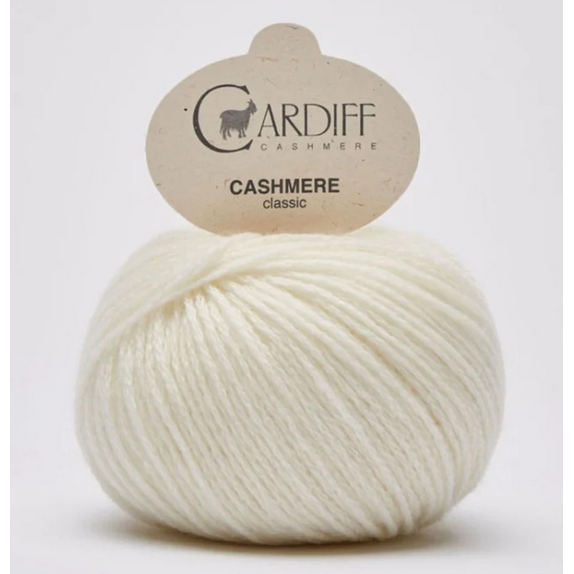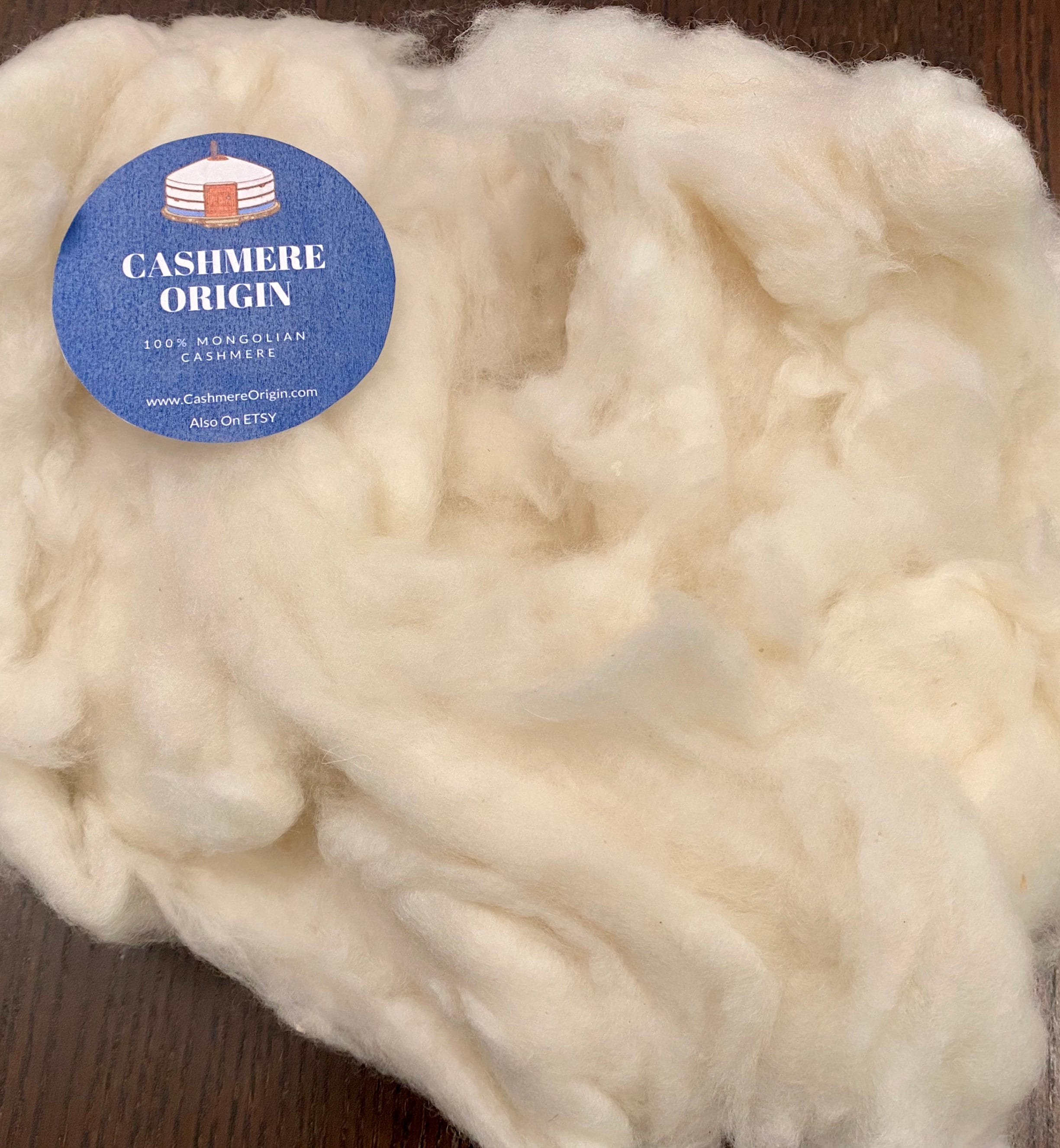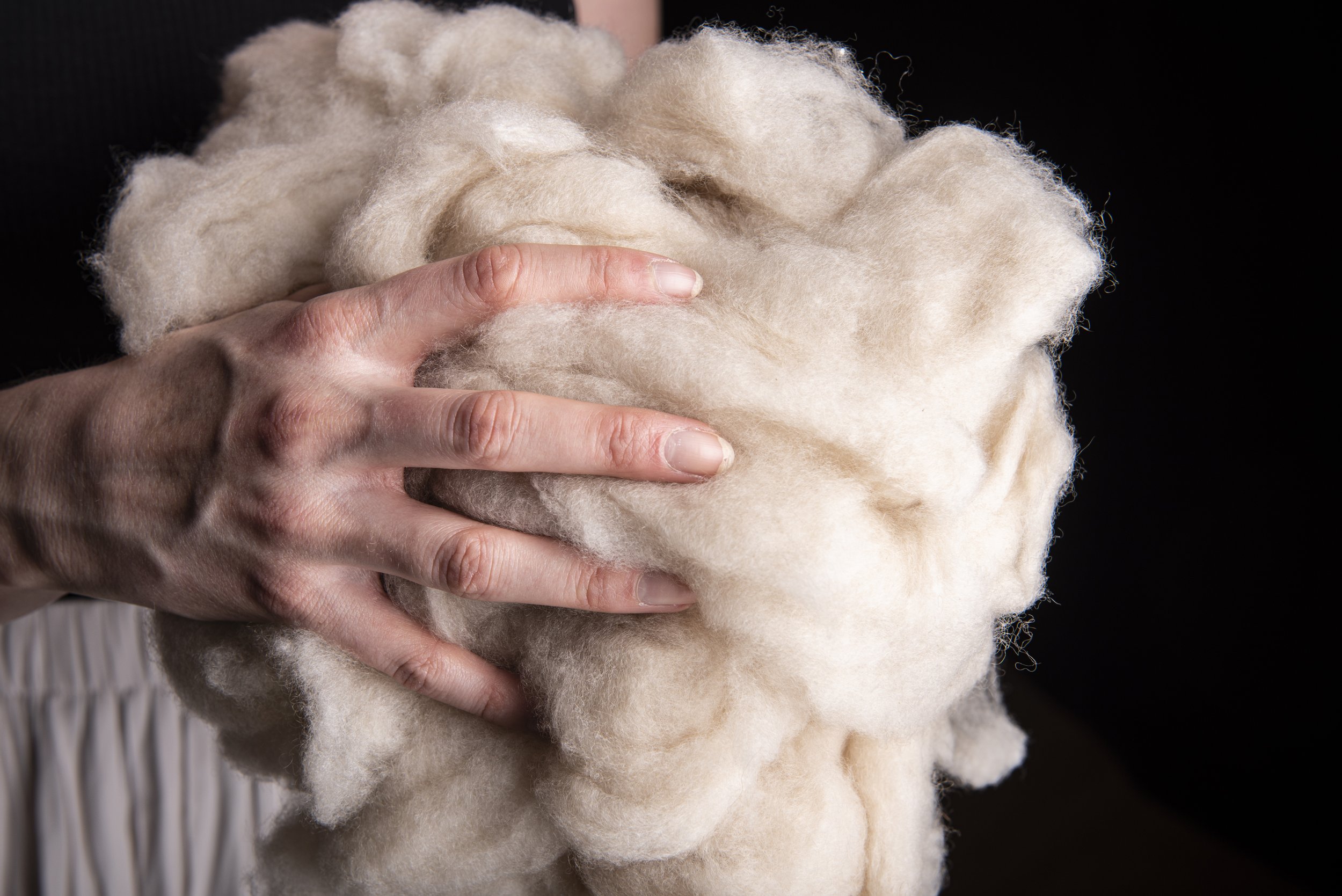The Exciting Process Behind Producing cashmere Fibre and Its Benefits
The Exciting Process Behind Producing cashmere Fibre and Its Benefits
Blog Article
Understanding the Various Sorts Of Cashmere an All-natural Fiber and Their Unique Advantages

The Beginnings of Cashmere: A Historic Summary
While the extravagant touch of cashmere remains to appeal contemporary customers, its origins map back to the rough, cold climates of Mongolia and the Himalayas. For centuries, the aboriginal individuals of these regions have been increasing Capra Hircus goats, the prime resource of cashmere woollen. These goats, resistant versus the serious winter seasons, expanded a fine undercoat to endure, which later became called cashmere. The name itself admires Kashmir, an area in India where the wool was initially refined. Much of the very early cashmere trade course was promoted by the Silk Road, connecting Asia with the Middle East and Europe. Despite its worldwide spread, the finest cashmere is still thought to stem from the initial regions of Mongolia and the Mountain Ranges.

The Manufacturing Process: From Goat to Garment
Shearing a Capra Hircus goat marks the beginning of the complex cashmere manufacturing procedure. This fragile treatment commonly happens annually during spring. The penalty, soft undercoat is after that divided from the coarser outer hair, a process referred to as dehairing. The resultant raw cashmere is then cleaned to get rid of pollutants such as dust, vegetable, and grease matter.
The clean fiber is subjected to dyeing, rotating, and weaving, or knitting, to transform it into a material. Complex procedures like high quality control checks and finishing procedures follow, making certain completion product keeps the lavish requirement anticipated of cashmere. This painstaking procedure, from goat to garment, justifies the high price affixed to cashmere items, making them a symbol of high-end and refinement.
The Different Kinds Of Cashmere: A Comprehensive Evaluation

The Unique Advantages of Cashmere: Convenience and Sustainability
Moving from the selection of cashmere kinds to the advantages they provide, comfort and sustainability attract attention prominently. Cashmere, a natural fiber, is renowned for its unmatched softness, providing a level of comfort that synthetic fibers can't match. The product's agility, yet outstanding warmth retention, makes it optimal for all periods. Moreover, cashmere's all-natural elasticity allows it to go back to its initial form, making it immune to stretching or shrinking.
When it concerns sustainability, cashmere is biodegradable and renewable, as it's gathered from cashmere goats that regrow their layers every year. what is cashmere. Unlike synthetic fibers which can take hundreds of years to decay, cashmere's influence on the environment is very little. This combination of comfort and sustainability makes cashmere a useful option for aware customers

Caring for Your Cashmere: Maintenance and Preservation Tips
While cashmere is most certainly a lavish and sustainable selection, it requires specific like preserve its top quality and extend its life expectancy. To begin, cashmere need to be hand cleaned using chilly water and a mild cleaning agent. Avoid wringing the garment or turning as it can damage the fibers. Rather, delicately press out excess water and lay it level on a towel to dry. Cashmere products ought click to investigate to be stored in a amazing and completely dry place, away from direct sunshine and wetness. Using moth repellents can click site safeguard these garments from possible damages. It's advisable to stay clear of hanging cashmere to avoid extending. Instead, fold and shop them effectively to preserve their shape and high quality gradually.
Purchasing Cashmere: Recognizing Its Value and Well Worth
Although cashmere might originally seem like a costly financial investment, its lasting worth and worth come to be evident when you consider its impressive top qualities. Understood for its exceptional gentleness and heat, cashmere is a premium all-natural fiber that surpasses various other products. Its high demand and restricted supply add to its high cost, however its toughness ensures it lasts for years, supplying exceptional value for cash. Cashmere items are ageless, usually becoming antiques passed down with generations. what is cashmere. Moreover, its natural shielding residential properties offer heat without the bulk of synthetic fibers. Spending in cashmere, consequently, is not just regarding existing fashion patterns, however about embracing a lasting, resilient, and extravagant way of life.
Verdict
In summary, the type of cashmere one selects, be it Mongolian, Chinese, or Italian, is dictated by individual preferences for warmth, budget, sustainability, and high-end. Understanding the origins, production procedure, and distinct advantages of various kinds of cashmere can guide consumers in their financial investment in this glamorous all-natural fiber.
Whether it's the phenomenal warmth of Mongolian cashmere, the affordability of Chinese cashmere, or the eco-conscious manufacturing of Italian cashmere, there's a tale to be found behind each fiber kind. Cashmere, an all-natural fiber, is renowned for its unmatched softness, providing a degree of comfort that synthetic fibers can not match.When it comes to basics sustainability, cashmere is renewable and eco-friendly, as it's harvested from cashmere goats who regrow their coats every year. Recognized for its unequaled gentleness and warmth, cashmere is a costs natural fiber that outmatches various other materials. Understanding the origins, manufacturing process, and distinct benefits of different types of cashmere can direct customers in their financial investment in this elegant all-natural fiber.
Report this page